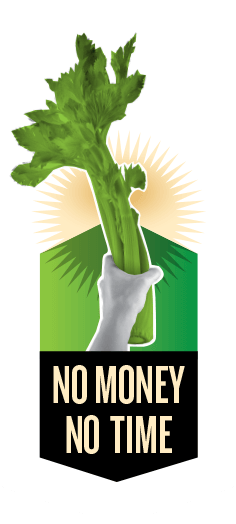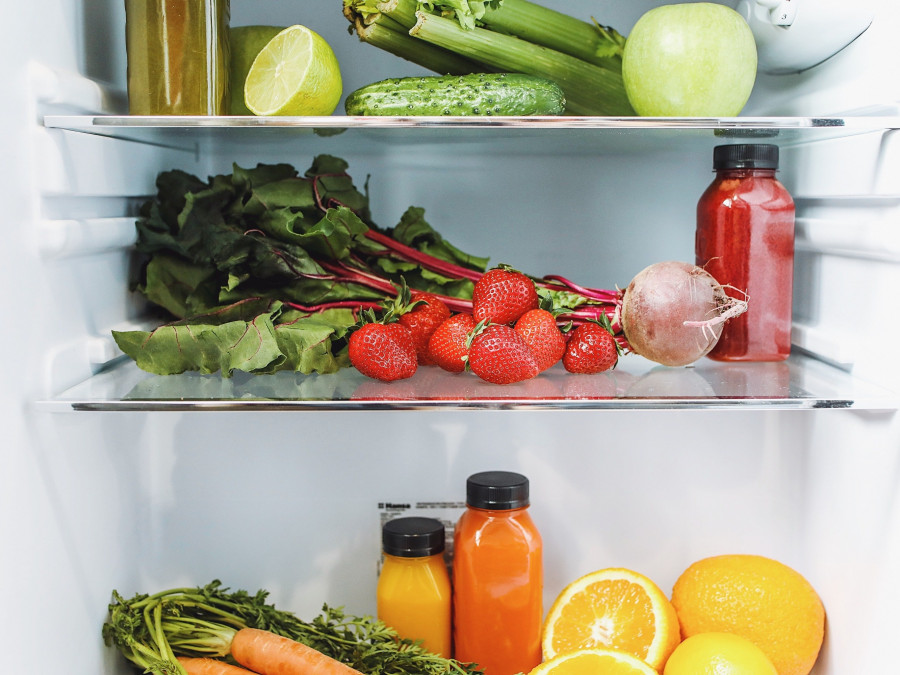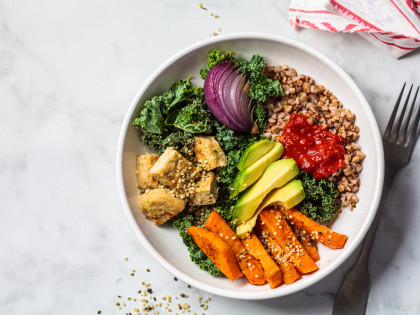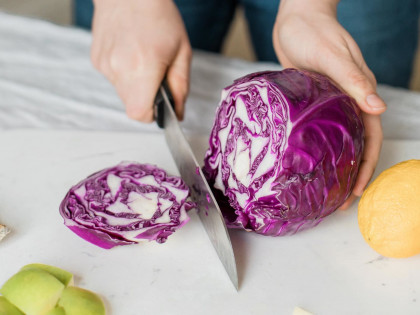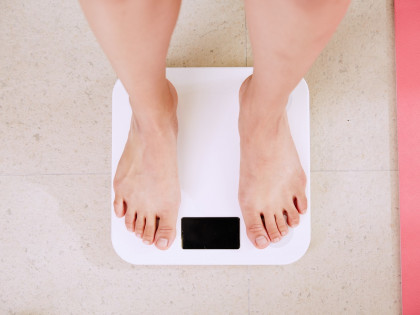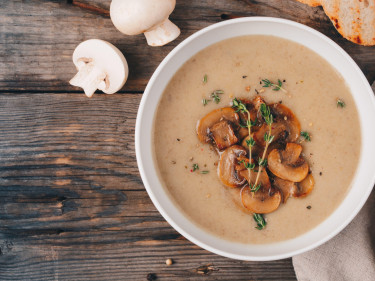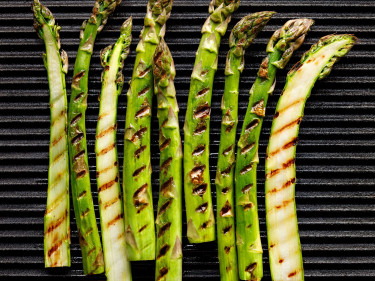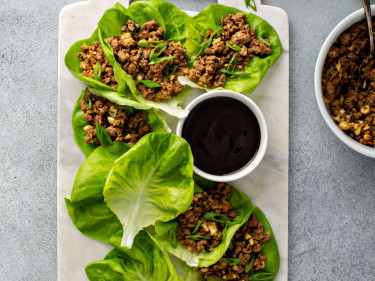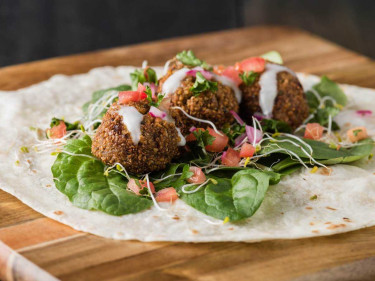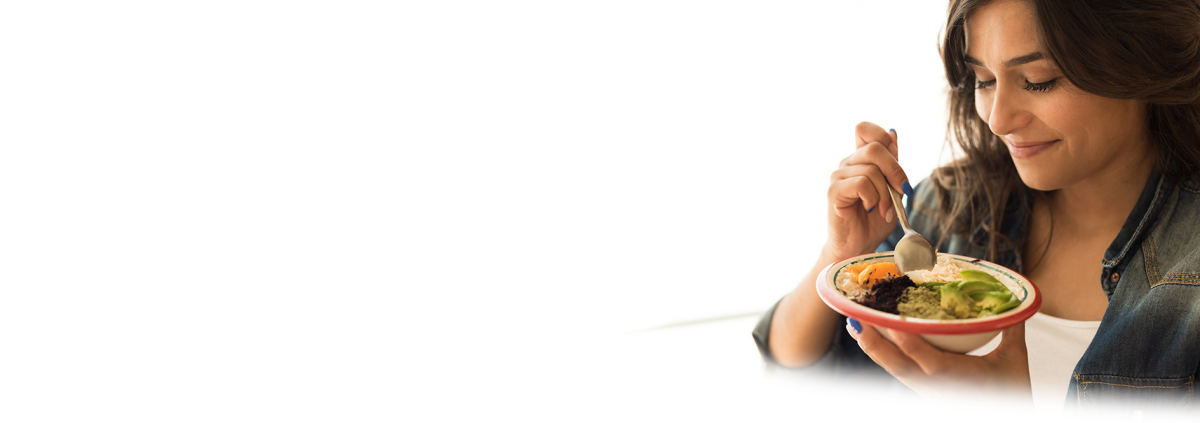Keeping a store of fresh fruit and vegetables at home is a balancing act. Ideally you would buy enough to last until your next shop, but not so much that it sometimes goes to waste.
Come the end of the week, there’s usually a few sad pieces of fruit and veg staring back at you from the crisper. While they might not be in peak shape, there’s plenty of ways to use them up that will reduce food waste, while saving money and another trip to the supermarket.
Stewed fruits
Many fruits start to become wrinkly as they lose moisture content and freshness. Fruits such as apples, pears, plums and berries can be stewed (simmered in a pot with a small amount of boiling water until soft) and used on top of porridge or other breakfast cereals, or as a snack or dessert with yoghurt. Why not try adding stewed fruits to our Comforting Apple Porridge or using them in our Wholegrain Apple Crumble!
Smoothies
A quick way to use up your slightly ‘past it’ fruit and veg is to blend them into smoothies! You can use them there and then, or freeze first and smoothie later. We have a selection of smoothie recipes for all different fruits, including:
Get baking
Wrinkly or brown looking fruit and veg can still be used for cooking, including very ripe bananas, wrinkly apples or carrots, and slightly soft zucchinis. Consider mashing, chopping or grating these as an extra ingredient of a dish. Try these:
Sautéed vegetables
Got a bag of spinach leaves, carrots or mushrooms that have seen better days? Try sautéing these as a side dish or add into a stir fry or soup. Try our:
Chop up and freeze
Tried a recipe that needed half a bunch of this or a quarter of that? Vegetables such as spring onion, leek, broccoli, asparagus, carrots and celery can be chopped up, blanched (cooked for a minute or two in boiling water) and stored in the freezer for next time. Blanching stops the action of enzymes which can cause vegetables to lose flavour, nutrients and texture. You can also chop and freeze fresh fruits, such as mango, banana and berries. For your vegetables and some fruits (e.g. banana, mango, stone fruits) it is easier to chop them up first and freeze them laying out flat on a tray with baking paper until hard before transferring to a freezer bag or tupperware container to prevent pieces freezing together.
Rehydrate
Some vegetables with a stalk or stem can be rehydrated by standing them in a glass of water for about 10-15 minutes or until they stand more upright. Try this for kale, silverbeet, rhubarb, spring onion, and celery.
There will be times when your fruit and veg should not be eaten, such as when they become mouldy, smelly or slimy. In this case throw it out, but into the compost!

